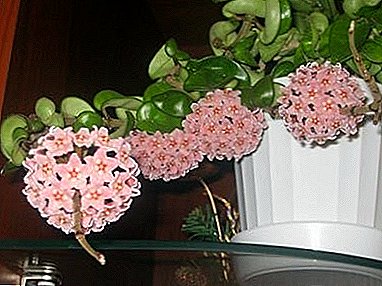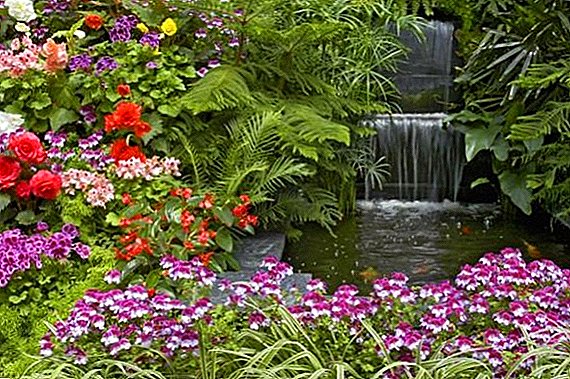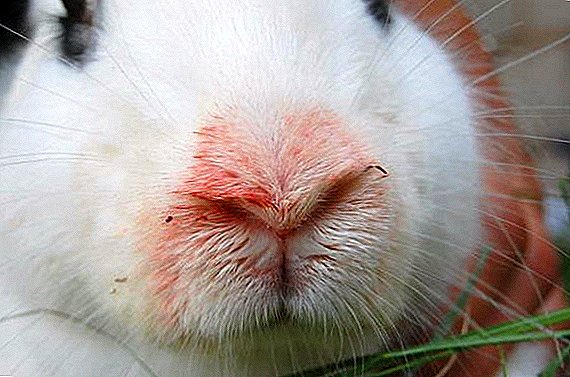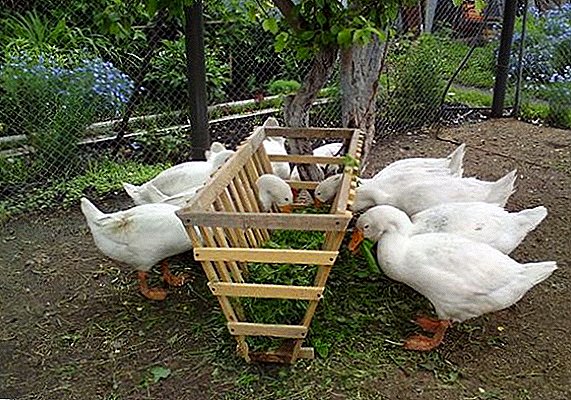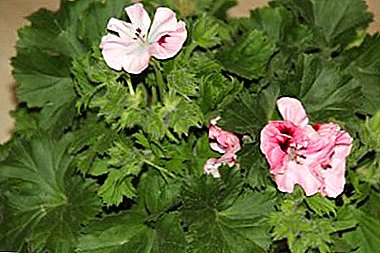
Lily (lat. Lilium) plant family Lily. This is a perennial herb bulbous plant. The shape of the leaves of this flower is diverse: linear to oval.
It takes an incredibly beautiful plant one of the most honorable places in florist thanks to its luxurious flowers, the color of which is the most incredible shades: pink, yellow, orange, burgundy, purple. There are about 300 species of lilies, many of which can be grown not only in the open air (cottage and garden plots), but also at home.
Most often in apartments can be found Lily Longiflorum, golden and royal…
Beautiful lily - a very capricious flower requiring special attention. Illiterate care and unsuitable conditions of detention may lead to serious problems that can be very difficult to fix.
Disease and treatment
Yellow leaves
Why the leaves of a room lily turn yellow:
- dry air in the room. Lily is a tropical guest. Warm and humid air - this is a comfortable microclimate for it. It is necessary to place a flowerpot with a flower on a tray filled with wet pebbles, and better with expanded clay (it is able to retain moisture longer). A good option would be to buy a domestic air humidifier, which will keep the percentage of humidity at the right level;
- sunburn. The direct rays of the sun can expose the pampered plant to this temperature stress. A request for a flower to change its location to a shaded one can be understood if the leaves turned yellow on one side of the lily, which the sun bakes.
Light is necessary, but only very soft, diffused.
Therefore, it is better to choose the eastern or western sides of the room as a habitat for lilies;
- not nutritious soil.
The lack of iron and potassium in the substrate also contributes to the yellowing and fading of lily leaf plates.
It is urgent to feed her. The plant is especially in need of feeding during the growing season. The nutritional mixture can be prepared independently. To do this, you must take 9 grams of ferrous sulfate and 2 tsp. Of citric acid, dissolve this mixture in 3 liters of water. This solution can be used for root feeding and for spraying the whole plant; - the onset of autumn. For this time of year, the yellow leaves on your exotic princess are absolutely normal. It is necessary to give the flower a rest in a cool place without watering (about a month).



Shredding
Three reasons why leaves shrink:
- lack of light. The lily does not like direct sunlight, but it does not tolerate darkness either. It is desirable that the light was enough, but the light scattered, dim;
- the soil is scanty. In the period from March to October, the tropical beauty should be fed fertilizer. Desirable liquid. Top dressing for ornamental flowering plants can be purchased at any flower shop.
Does not bloom
The reasons why the lily does not bloom:
- unsuitable landing tank.
REFERENCE! The pot should be chosen small about 15-18 cm in diameter. If the pot is wide, the lily will actively explore the space, forming daughter bulbs. At the flowering forces she does not remain.
- lack of light and fresh air. The flower is located away from the window, the room is poorly ventilated;
- improperly rested plant rest. It is better to send the flower to rest in a cool shady place with a complete lack of watering. If the place is very warm and well lit, the lily will no longer bloom;

Other common diseases
- gray and red bulbous rot. Most often it appears due to excessive irrigation and not enough loose substrate (stagnant moisture, acidification of the soil).
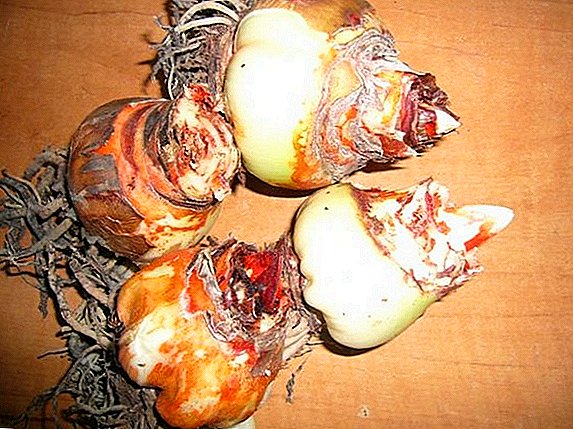
It is necessary to remove damaged areas of the bulb.
Pre-clearing them from the layer of the earth (move aside a part of the soil and strip the bulbs), and also cut the diseased roots, sprinkle them with activated charcoal or process fungicide. After this procedure, the bulbs are dried for 3 days. Watering is reduced; - Botrytis fungus. May appear in hot and humid conditions.
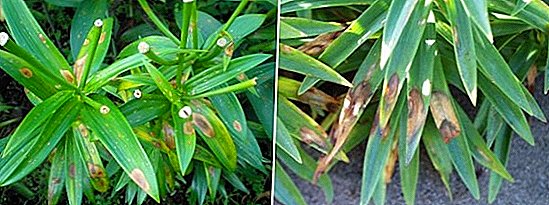
Yellow spots appear on the leaves affected by the fungus, the disease spreads very quickly to the stems and flower buds.
There is no cure for this lily disease and it is almost impossible to get rid of it. The flower usually dies; - fusarium. This type of fungus usually affects the bulb. First, the bulb changes color, becomes dark brown, then falls into pieces.
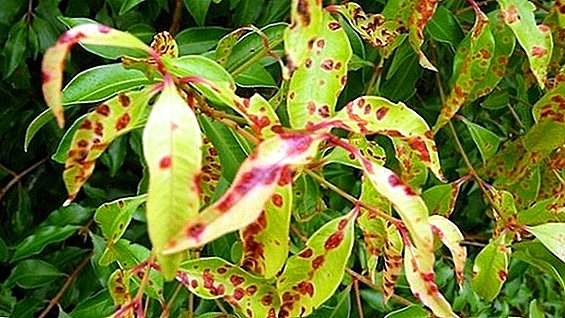
When infected, the first sign is often yellowing and leaf dropping. It is impossible to save the plant, the lily soon perishes. As a preventive measure against this disease, before planting, the bulbs are pickled for 30 minutes in a solution of foundationol.
Pests
Potted lilies are rarely attacked by pests. But there are similar cases. The main enemies of the flower are: spider mite, aphid, mealybug, aphid and shieldweed.

The cause of each of these harmful insects is the dry and hot air in the room.
You can see the pests with the naked eye on the leaves and stems of the lily, as well as for noticeable changes in appearance: lethargy, yellowing and falling off of the leaf plates, slowing growth. To control pests use insecticides (actellic and karbofos).

It is advisable to understand and see what your tropical beauty is complaining about and try to help her cope with her illness. In response to your care, she will reward you with lush blooms.





